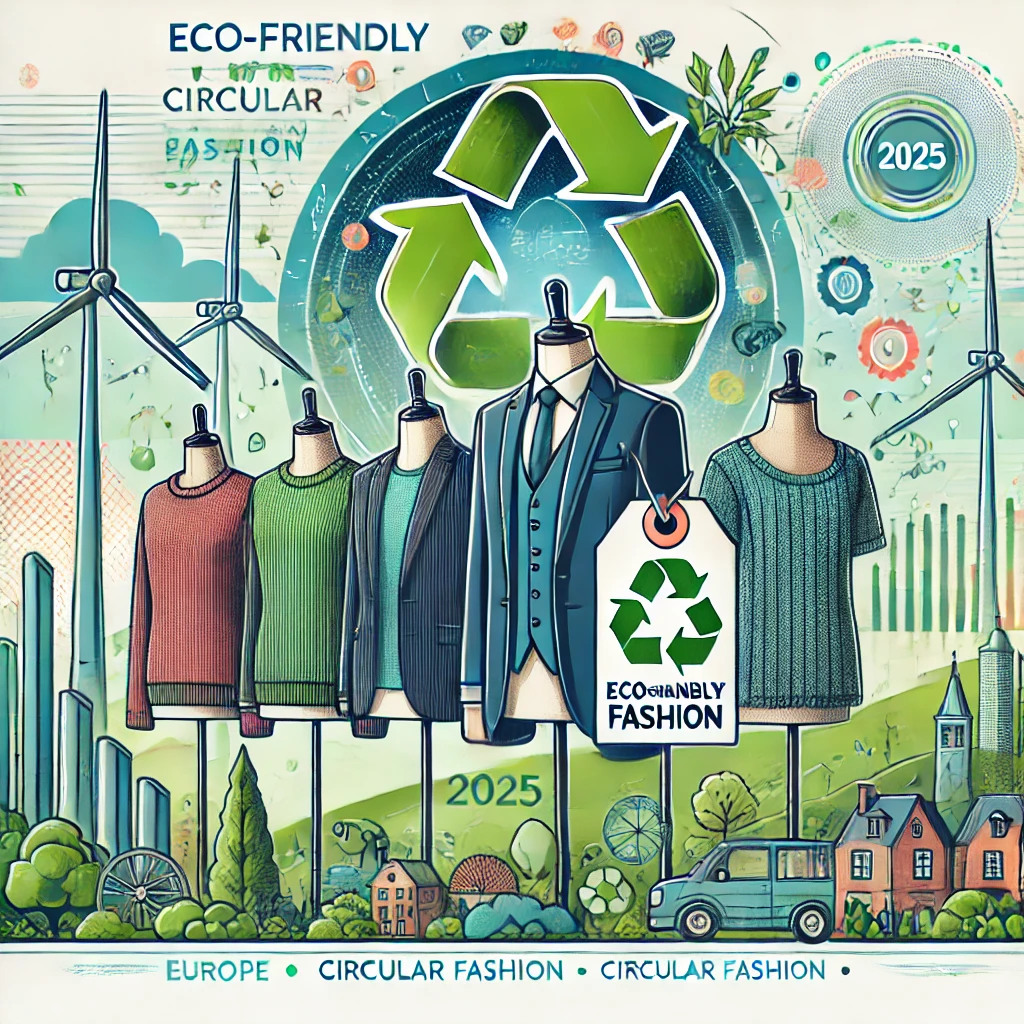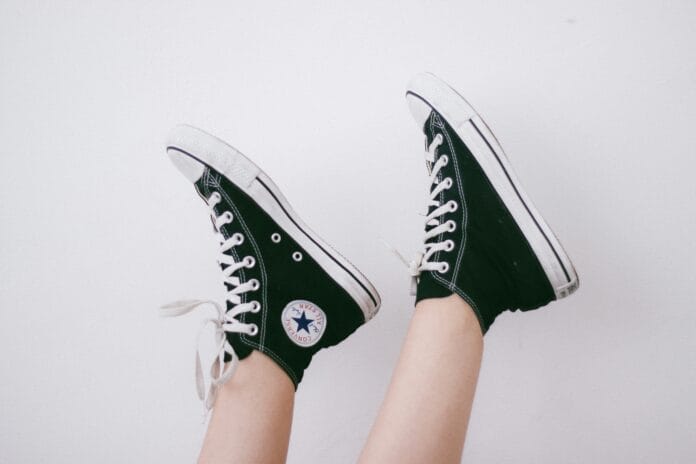Launching a Sustainable Fashion Brand in Europe,In 2025, Europe is leading the way in sustainable fashion. Rules are stricter, people care more about the planet, and new technologies are changing the game. Starting a clothing brand here can be challenging but rewarding. This guide will help you understand the trends and tips to succeed.
Table of Contents
Understanding the Sustainable Fashion Scene in Europe
Rules You Need to Know
The European Union has created plans like the European Green Deal to cut waste, recycle more, and make production cleaner. If you are launching a sustainable fashion brand, you’ll need to follow these rules.
What Customers Want
More people in Europe are choosing brands that care about the environment and treat workers fairly. Young buyers, especially, are willing to pay more for products that match their values. This trend aligns with Europe’s leadership in renewable energy, as highlighted in Why Europe is the Global Hub for Renewable Energy Innovation.
Cool New Tech
Tools like blockchain let people track where clothes come from. 3D printing reduces waste, and artificial intelligence helps brands know what to make and when. Launching a Sustainable Fashion brand can use these tools to improve efficiency and build trust with consumers.

Key Trends in 2025
- Circular Fashion People love renting clothes, upcycling old items, and using resale platforms. Brands that help extend the life of products are becoming popular.
- Eco-Friendly Materials Fabrics like organic cotton, Tencel, and hemp are big hits. New ideas like lab-grown leather and biodegradable fabrics are also growing.
- Digital Fashion Virtual clothes for online spaces and high-tech marketing are changing how brands connect with buyers. Digital fashion also helps cut down on waste.
Steps to Start Your Sustainable Fashion Brand
1. Set Your Mission
Decide what you want to focus on. Will you cut carbon footprints, support fair pay, or make long-lasting clothes? Be clear about your goals and share them openly. Consider how your mission will resonate with your target audience and set your brand apart.
2. Choose the Right Materials
Work with suppliers that follow fair and green practices. Look for certifications like GOTS or Fair Trade to boost your credibility. Research innovative materials that align with your mission, such as biodegradable fabrics or recycled textiles. Explore more about how technology drives green innovation in industries at Green Tech Revolution.
3. Design for Reuse
Make clothes that last, can be fixed, or recycled. You can also offer programs where customers return old clothes for discounts. Think about incorporating modular designs or multi-use features to increase product lifespan.
4. Use Smart Technology
Blockchain can show your supply chain, AI helps you manage inventory, and 3D tools cut down on design waste. Technology can save money and help the planet. Explore tools that also enhance customer experience, like virtual fitting rooms or AR shopping apps.
5. Connect with Customers
Share your sustainability story through social media and honest messaging. When customers trust you, they’ll stick around. Host events or workshops to engage your audience and build a community around your brand.
6. Find Funding and Support
The EU has grants for green businesses. You can also work with investors who care about sustainability or partner with eco-friendly organizations. Look into crowdfunding platforms that target environmentally-conscious backers.
Challenges You Might Face
- High Costs: Green materials can be pricey. Start small and look for government programs that can help.
- Skeptical Buyers: Be open about your practices and get certifications, such as GOTS, Fair Trade, or OEKO-TEX, to prove your efforts.
- Tough Competition: Stand out with unique ideas, like locally made products or special fabrics.
- Required Certificates or Permissions: You may need certifications for sustainability, ethical sourcing, or environmental compliance. Additionally, ensure you have the proper business licenses and adhere to local regulations for selling clothing in Europe.
Conclusion
Starting a sustainable fashion brand in Europe in 2025 is both exciting and challenging. By caring for the planet, using smart tools, and following trends, you can build a brand that thrives. With careful planning, you can make a real difference in the industry.
Common Questions and Answers
Q: What are the best fabrics for sustainable fashion? A: Fabrics like organic cotton, Tencel, hemp, lab-grown leather, and biodegradable materials are great choices.
Q: How can small brands afford green materials? A: Start with small batches, partner with ethical suppliers, and apply for EU grants to help with costs. Check out funding opportunities at the European Commission’s website.
Q: Which certifications should I get? A: Look for GOTS (Global Organic Textile Standard), Fair Trade, and OEKO-TEX certifications to show you’re trustworthy.
Q: How can tech help my brand be sustainable? A: Blockchain shows where your materials come from, AI helps you manage stock, and 3D tools reduce waste during design. Launching a Sustainable Fashion brand can greatly benefit from these technologies by enhancing efficiency and reducing environmental impact.
Q: How do I market my sustainable brand? A: Share your story, educate buyers on your green efforts, and use social media to connect with them.
